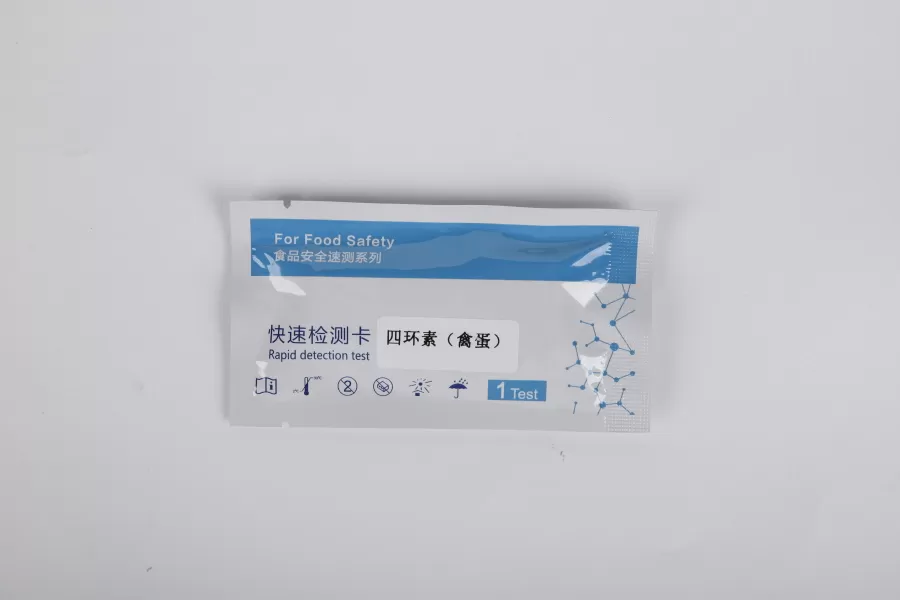As an important source of high-quality protein in the daily diet, the quality and safety of poultry eggs are directly related to the health of consumers. However, poultry eggs may face risks such as pesticide residues, veterinary drug abuse and microbial contamination during breeding, transportation and storage. Traditional testing methods often take a long time and have complicated processes, which are difficult to meet the needs of rapid market supervision and consumer safety. To this end, a comprehensive quality rapid testing program for poultry eggs covering pesticides, veterinary drugs and microorganisms has come into being to build an efficient defense line for the safety of poultry eggs.
In terms of pesticide residue detection, this program focuses on common pesticide residues such as organophosphates, pyrethroids, and carbamates. Through rapid detection technologies such as colloidal gold immunochromatography paper and enzyme inhibition rate method, sample pretreatment and result interpretation can be completed within 30 minutes to 2 hours, and whether there are excessive pesticides in poultry eggs can be accurately identified to avoid consumers from ingesting harmful substances.
Veterinary drug residue detection focuses on antibiotics (such as tetracyclines, sulfonamides), hormones (such as diethylstilbestrol) and other illegal additives. The combination of high performance liquid chromatography-tandem mass spectrometry (HPLC-MS/MS) and enzyme-linked immunosorbent assay (ELISA) can not only quickly screen a variety of veterinary drug residues, but also quantitatively analyze the standard curve to ensure the accuracy and reliability of the detection results and effectively curb the illegal use of veterinary drugs.
Microbial testing is a key link in ensuring the hygiene and safety of poultry eggs. The program developed rapid growth culture and real-time fluorescent PCR technology for common pathogens such as Salmonella, Escherichia coli, and Staphylococcus aureus. By optimizing the pretreatment process, the culture time is shortened to 6-8 hours. Combined with molecular biology detection methods, it can accurately identify trace pathogens and reduce the risk of food-borne diseases. It is especially suitable for on-site rapid screening of poultry egg processing enterprises and market supervision departments.
Compared with traditional testing methods, the comprehensive quality rapid testing scheme for poultry eggs has significant advantages: the testing cycle is greatly shortened (from 3-7 days to 2-8 hours in traditional methods), the operation steps are simplified, and on-site testing can be achieved without professional laboratory equipment; the full coverage of pesticides, veterinary drugs and microorganisms meets the multi-dimensional control needs of egg quality and safety; at the same time, the test results can be uploaded in real time through the supporting APP or data platform, which is convenient for the regulatory authorities to dynamically grasp the quality of poultry eggs in the market.

current, the poultry egg consumer market continues to increase the attention to quality and safety, the promotion and application of the whole quality rapid detection program of poultry eggs can not only help enterprises find quality problems in time, improve product competitiveness, but also provide consumers with "visible safety", promote the development of the poultry egg industry to standardization and standardization, and finally realize the whole chain security guard from "source" to "table".

